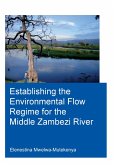
eBook, PDF
28. Juli 2021
Taylor & Francis eBooks
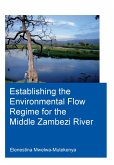
eBook, ePUB
28. Juli 2021
Taylor & Francis eBooks
Ähnliche Artikel
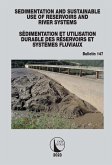
eBook, PDF
15. November 2023
Taylor & Francis eBooks
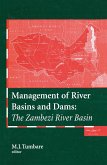
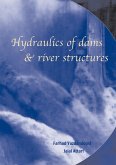

eBook, PDF
12. August 2014
Taylor & Francis eBooks

eBook, PDF
12. Februar 2020
Taylor & Francis eBooks

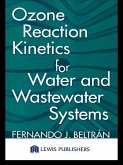
eBook, PDF
29. Dezember 2003
Taylor & Francis eBooks

eBook, PDF
4. April 2008
Taylor & Francis eBooks
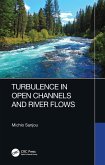
eBook, PDF
20. Juli 2022
Taylor & Francis eBooks
Ähnlichkeitssuche: Fact®Finder von OMIKRON
